
Taiwan Film Festival 2020: Documentaries & Hsia Ya-Chuan
Taiwan Film Festival is back in 2020 with this virtual edition streaming online from July 9 to 30, 2020. Check out the various feature films on offer including three eye-catching documentaries and three brilliant films from the master Hsiao Ya-Chuan.

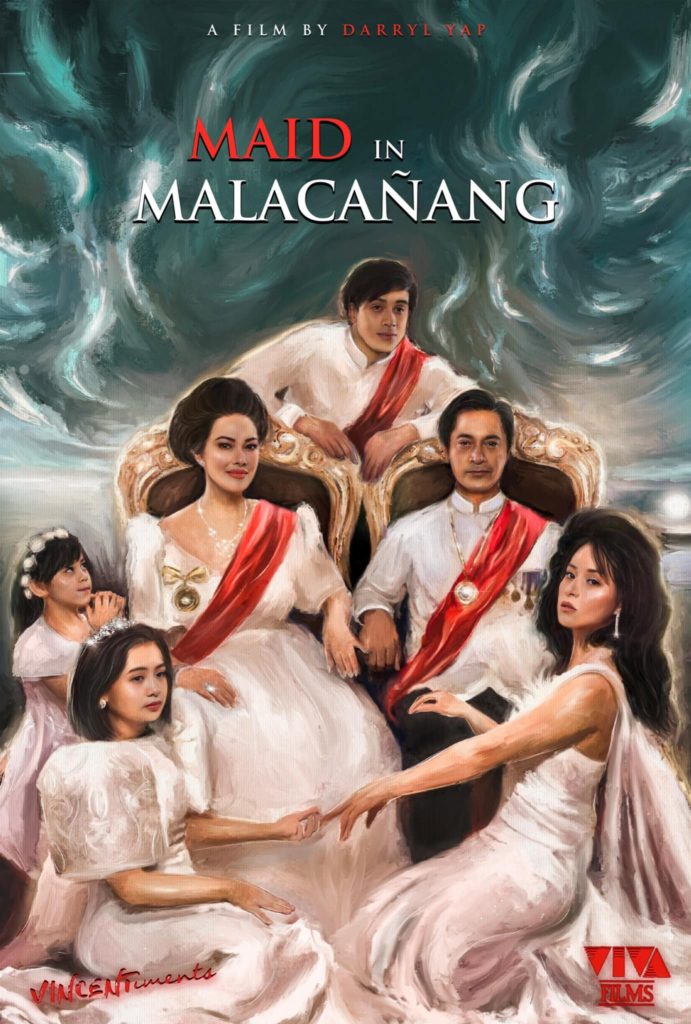
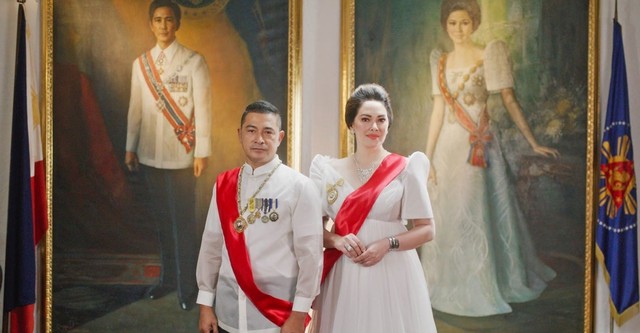
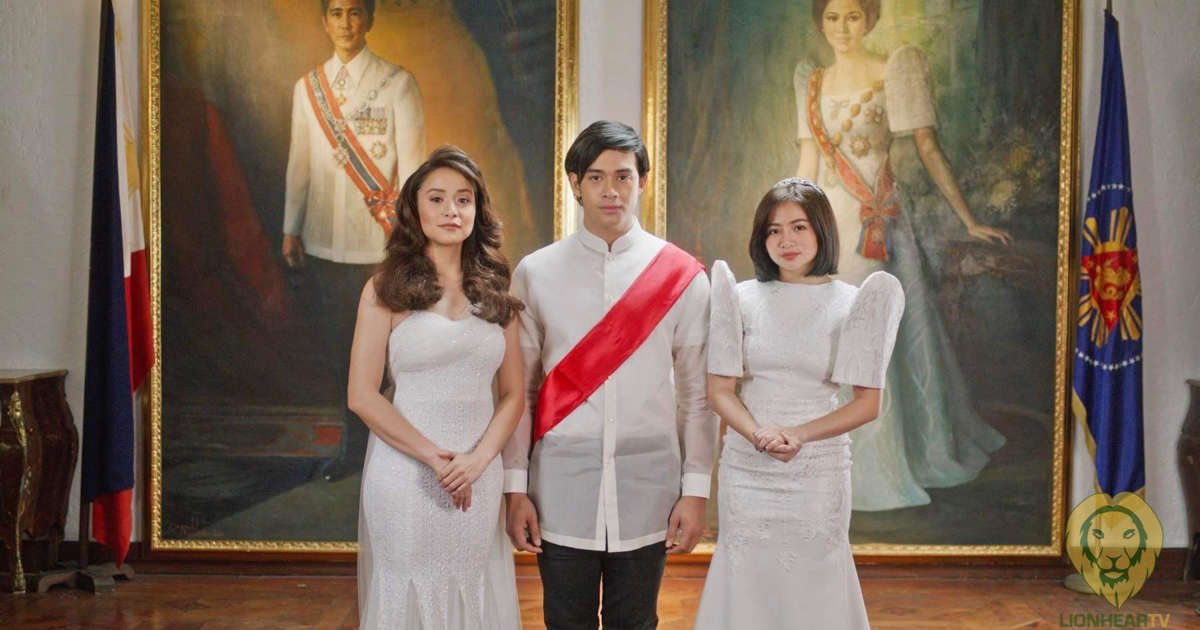
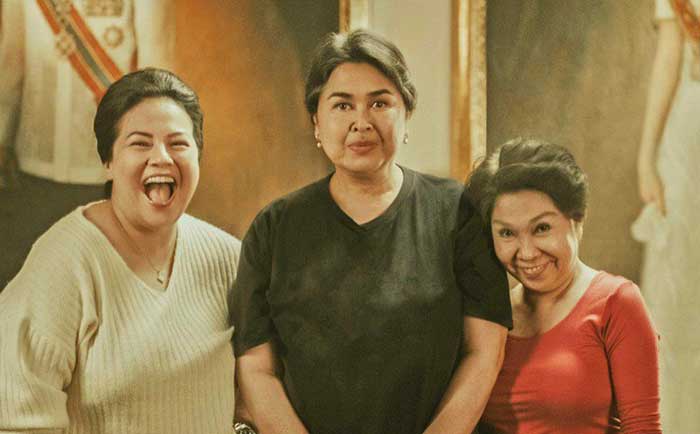
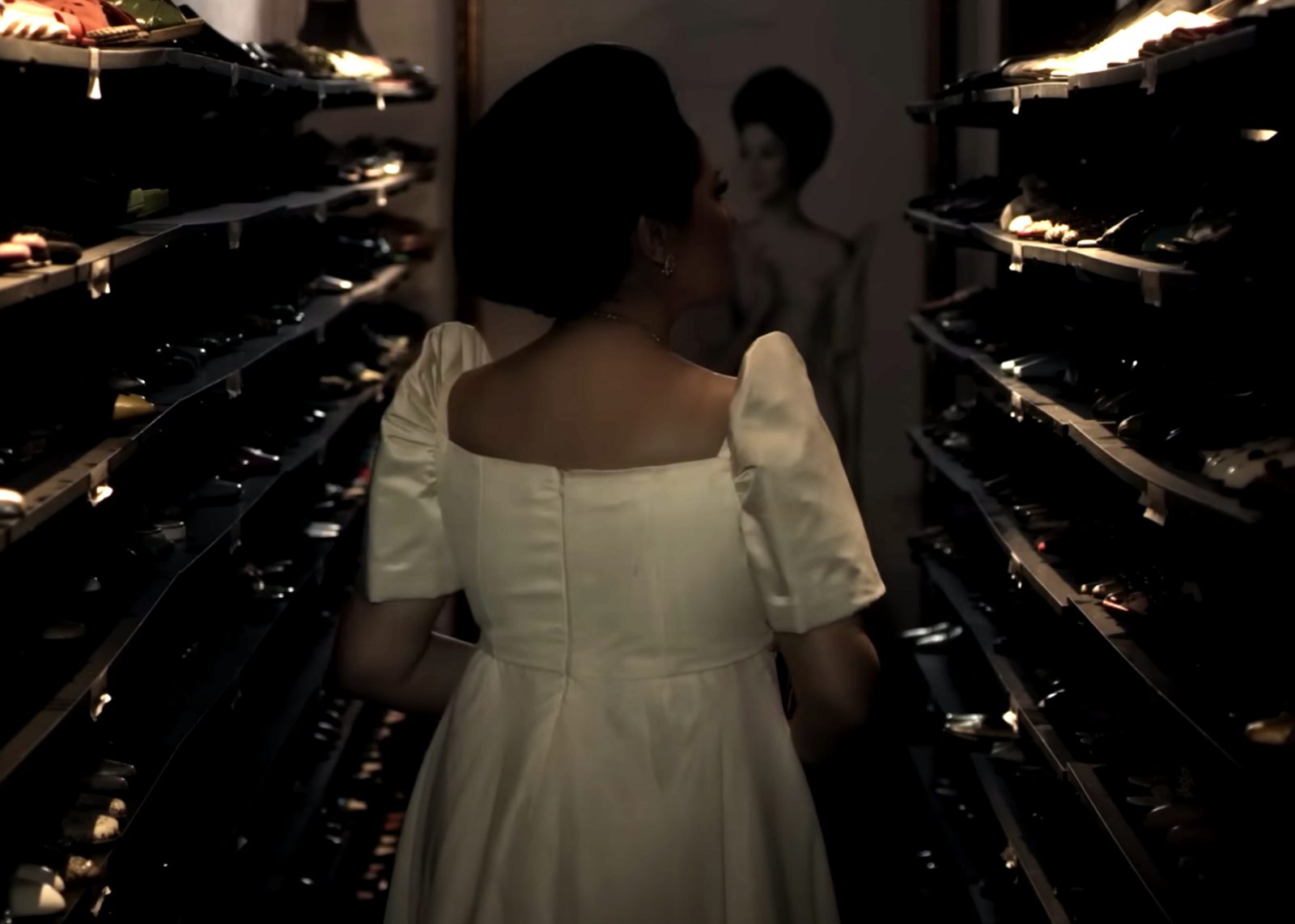


Only registered users can comment.
A great review on a nonsensical film.
Comments are closed.